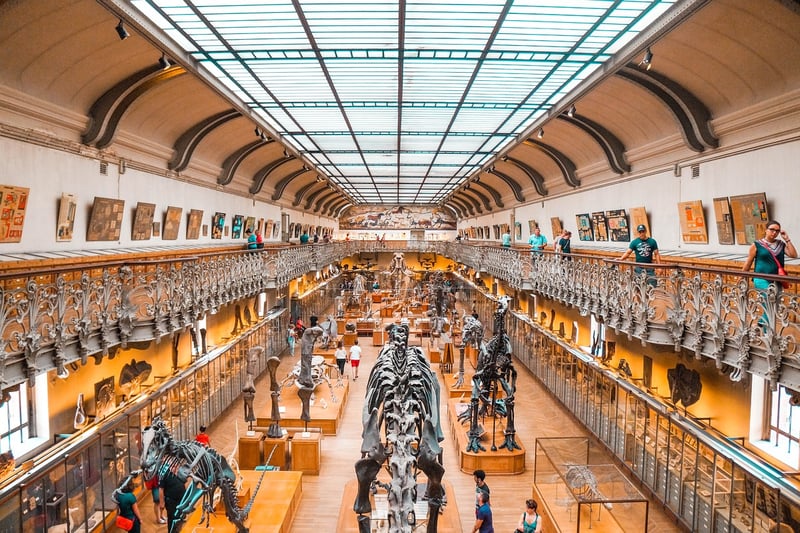Culinary Evolution
Exploring the Past of Food: A Journey through Culinary Evolution
Food is an integral part of human history, culture, and evolution. The story of food and culinary practices is a fascinating journey that spans centuries, continents, and civilizations. Let's delve into the past of food and explore the evolution of culinary traditions that have shaped our modern gastronomic landscape.
The Origins of Food
Food has always been essential for human survival and development. Our ancestors foraged, hunted, and gathered to sustain themselves. Over time, the discovery of agriculture revolutionized food production, leading to settled communities and the cultivation of crops.
Ancient Culinary Practices
Ancient civilizations such as the Egyptians, Greeks, Romans, and Chinese developed sophisticated culinary practices. They used herbs, spices, and cooking techniques to create flavorful dishes fit for royalty and commoners alike. These early food traditions laid the foundation for modern cuisine.
The Spice Trade and Globalization
The spice trade played a crucial role in shaping world history and culinary evolution. Spices like pepper, cinnamon, and cloves were highly prized and sparked exploration, trade routes, and cultural exchange between nations. This era of globalization introduced new ingredients and flavors to different regions, enriching local cuisines.
The Industrial Revolution and Food Innovation
The Industrial Revolution brought significant changes to food production, preservation, and distribution. Advances in technology led to the mass production of food items, making them more accessible to the general population. Canning, refrigeration, and transportation revolutionized the way food was consumed and enjoyed.
Modern Food Trends and Innovation
In the contemporary era, food has become a form of art, self-expression, and cultural identity. Chefs experiment with fusion cuisine, molecular gastronomy, and sustainable practices to create unique dining experiences. The farm-to-table movement emphasizes fresh, locally sourced ingredients and supports small-scale producers.
Conclusion
The evolution of food and culinary practices is a testament to human creativity, adaptability, and ingenuity. From ancient cooking methods to modern food trends, our journey through culinary history reflects our changing tastes, values, and lifestyles. As we continue to explore new flavors and techniques, let's appreciate the rich tapestry of food culture that connects us all.



For more information on the history of food and culinary evolution, visit History.com.
